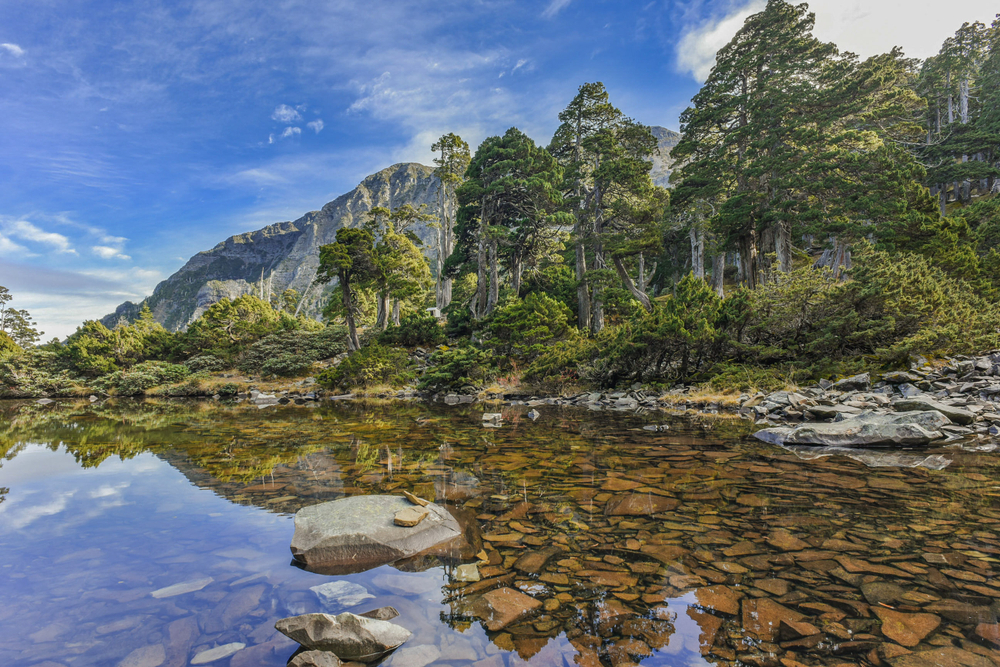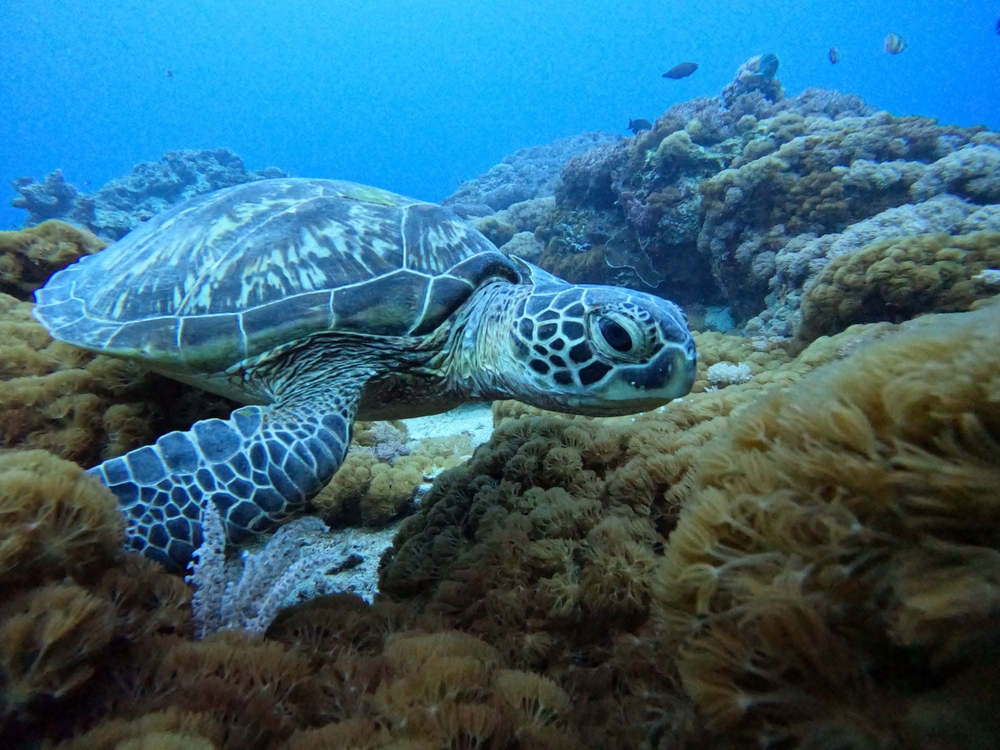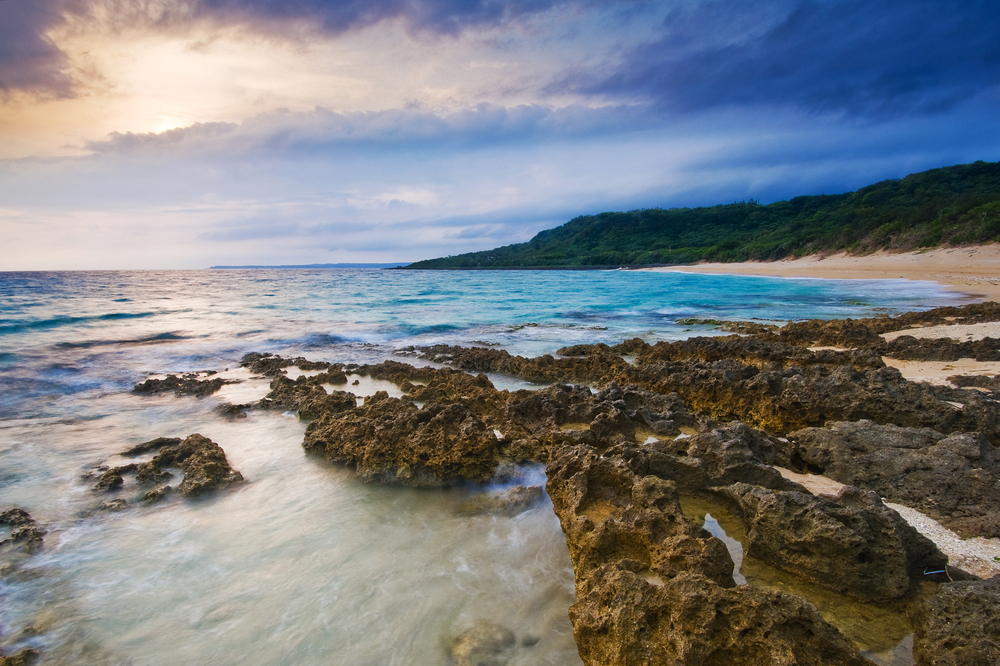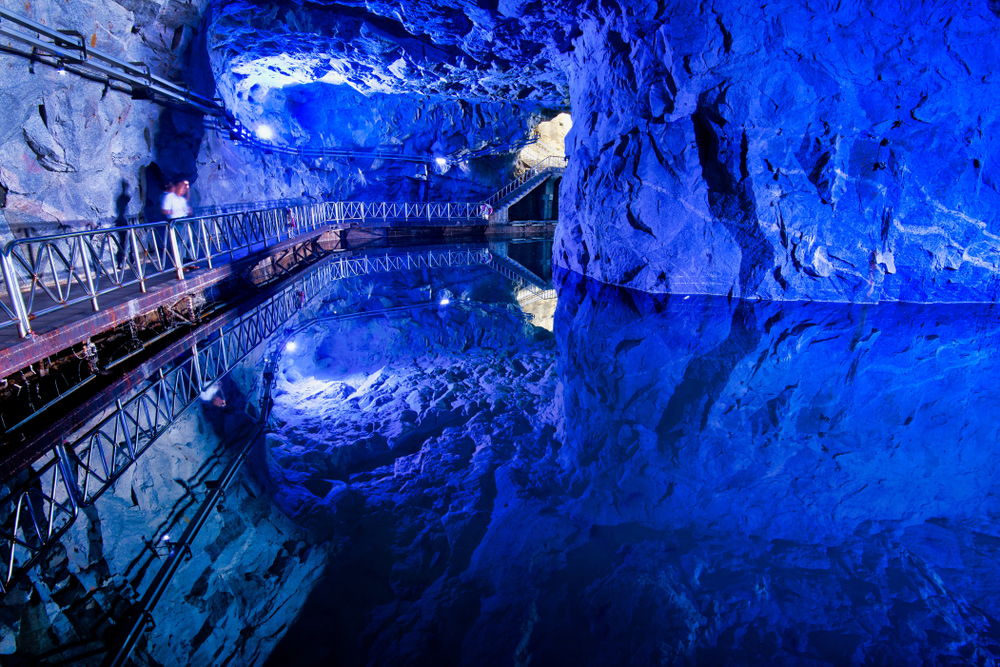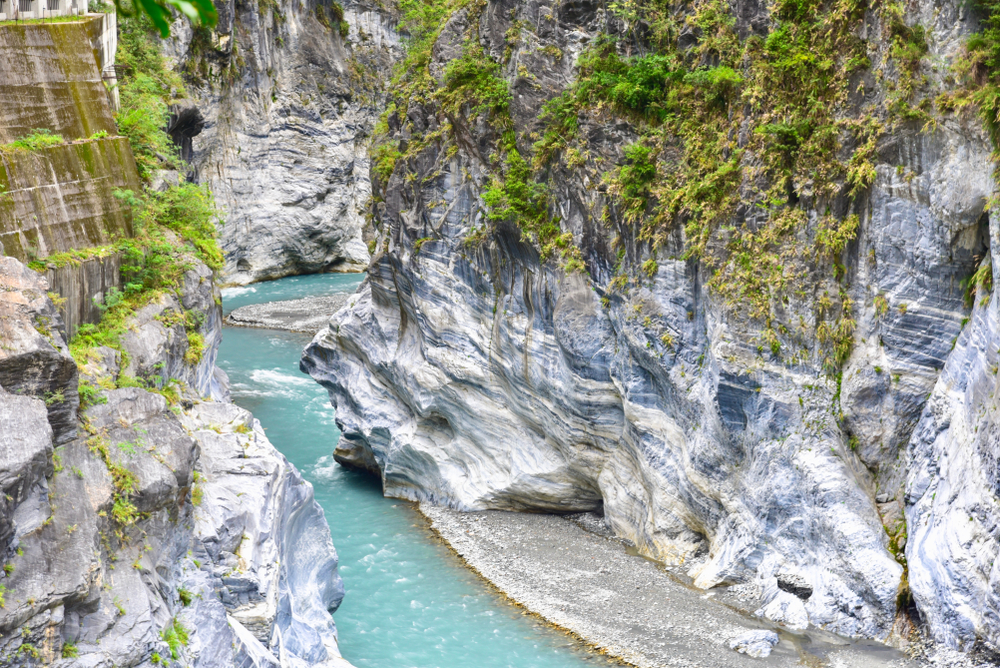Shei-Pa Overview
Shei-Pa National Park, known as 雪霸國家公園 (Xuě Bà Guójiā Gōngyuán) in Mandarin, is one of Taiwan’s premier natural preserves, covering an area of approximately 293 square miles (759 square kilometers). Located in the central part of the island, the park straddles Hsinchu, Miaoli, and Taichung counties. Its name derives from its two towering peaks, Xueshan (Snow Mountain) and Daba Mountain, which dominate the park’s landscape and symbolize its rugged, untamed beauty. The park’s elevation ranges dramatically from 1,000 meters (3,280 feet) to over 3,800 meters (12,467 feet) at the summit of Xueshan, the second-highest peak in Taiwan.
The terrain in Shei-Pa National Park is characterized by jagged mountain ranges, deep valleys, dense forests, and alpine meadows. The park’s diverse ecosystems reflect its varying altitudes, from subtropical lowlands to alpine tundra. Lush coniferous forests blanket much of the higher elevations, with Taiwan cypress, hemlock, and fir trees standing tall. Lower altitudes feature broadleaf evergreen forests, and during spring, vibrant cherry blossoms and rhododendrons add bursts of color to the landscape. The terrain is also dotted with waterfalls such as Cuei Pond and Snow Mountain Falls, adding to the park’s dramatic scenery.
Shei-Pa is a haven for wildlife, hosting many species that are endemic to Taiwan. Iconic mammals include the Formosan black bear, a symbol of Taiwan’s wilderness, and the Formosan macaque. Sambar deer, Reeves’ muntjac, and the elusive clouded leopard are also notable residents. Bird enthusiasts flock to Shei-Pa to catch glimpses of Taiwan’s endemic avian species, such as the Mikado pheasant and Swinhoe’s pheasant, both of which are stunningly colorful. Raptors like the crested goshawk and black kite soar over the park’s cliffs and valleys.
Visitors to Shei-Pa National Park are drawn to its challenging hiking trails, which provide opportunities to engage deeply with its pristine environment. The Snow Mountain Trail, one of the most popular routes, offers a challenging ascent to the peak and panoramic views of the surrounding landscape. Other trails, such as the Dabajian Mountain Trail, showcase unique geological formations and cultural relics of Taiwan’s indigenous Atayal people. Birdwatching, stargazing, and camping are also popular activities, as the park’s remote location ensures minimal light pollution and rich biodiversity.
Shei-Pa National Park faces several conservation challenges, including climate change, which threatens its fragile alpine ecosystems, and human activities, such as illegal hunting and deforestation. However, Taiwan’s government and conservation organizations have achieved notable successes in habitat restoration and the protection of endangered species like the Formosan landlocked salmon. Efforts to balance ecological preservation with sustainable tourism have helped maintain Shei-Pa as a model for conservation in Taiwan.








































































